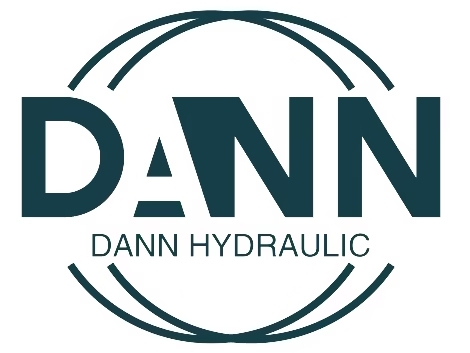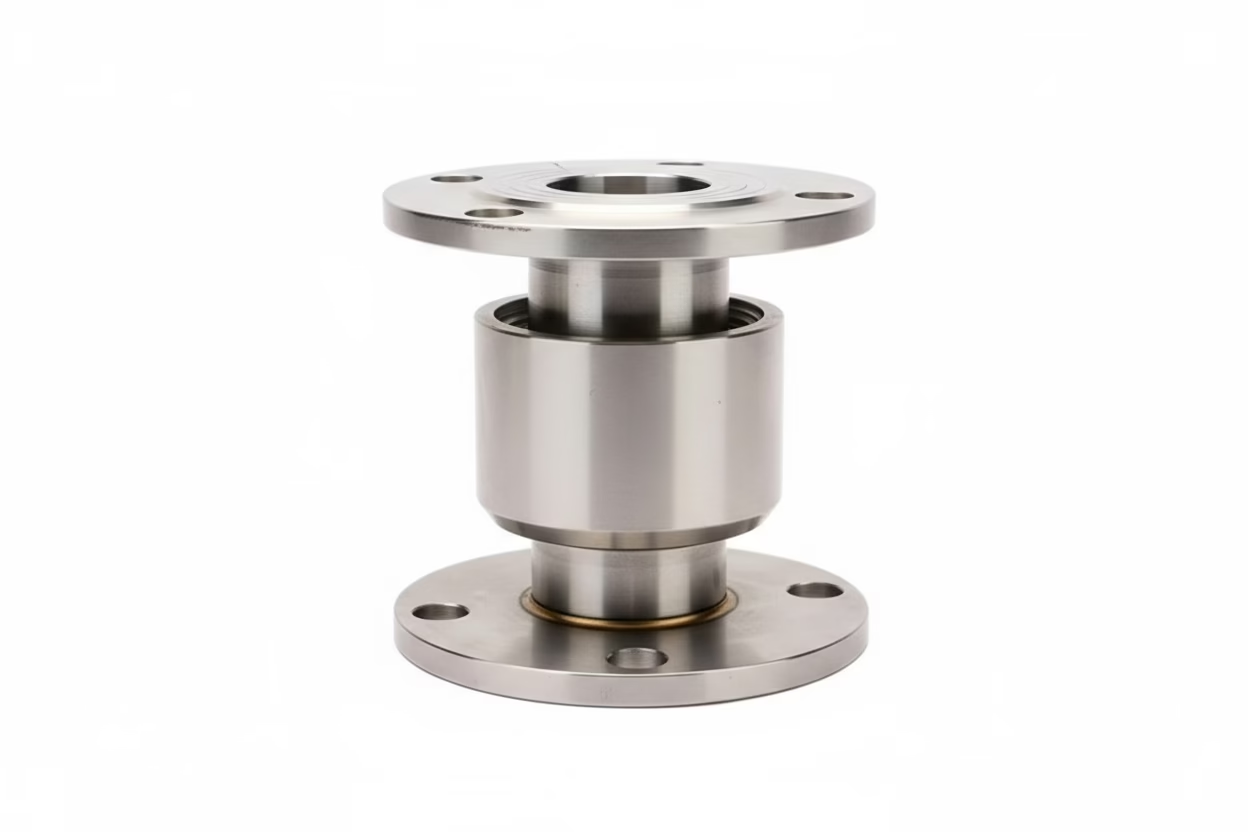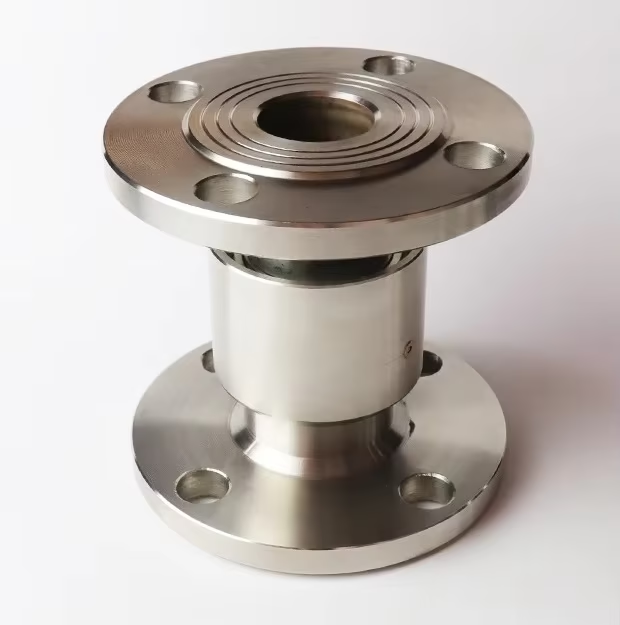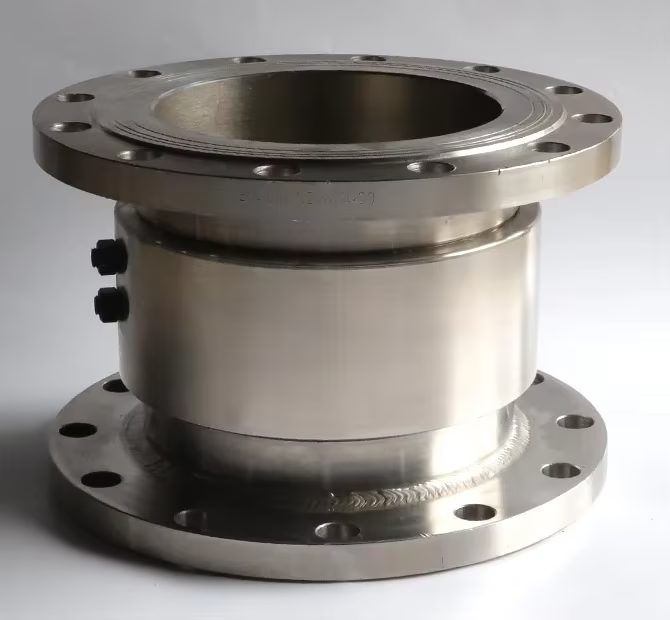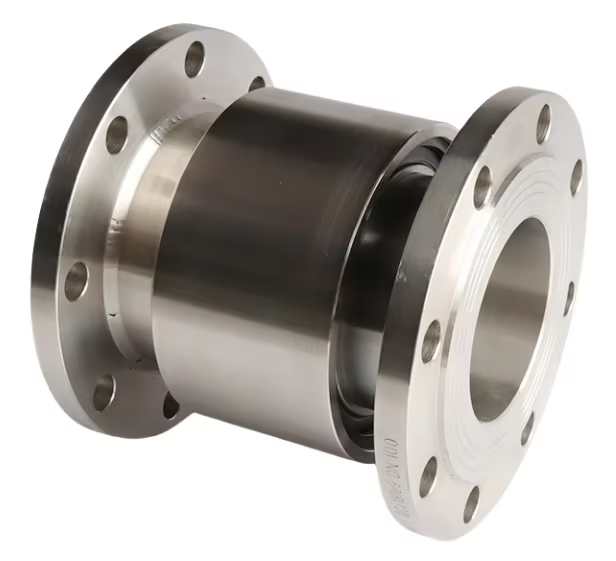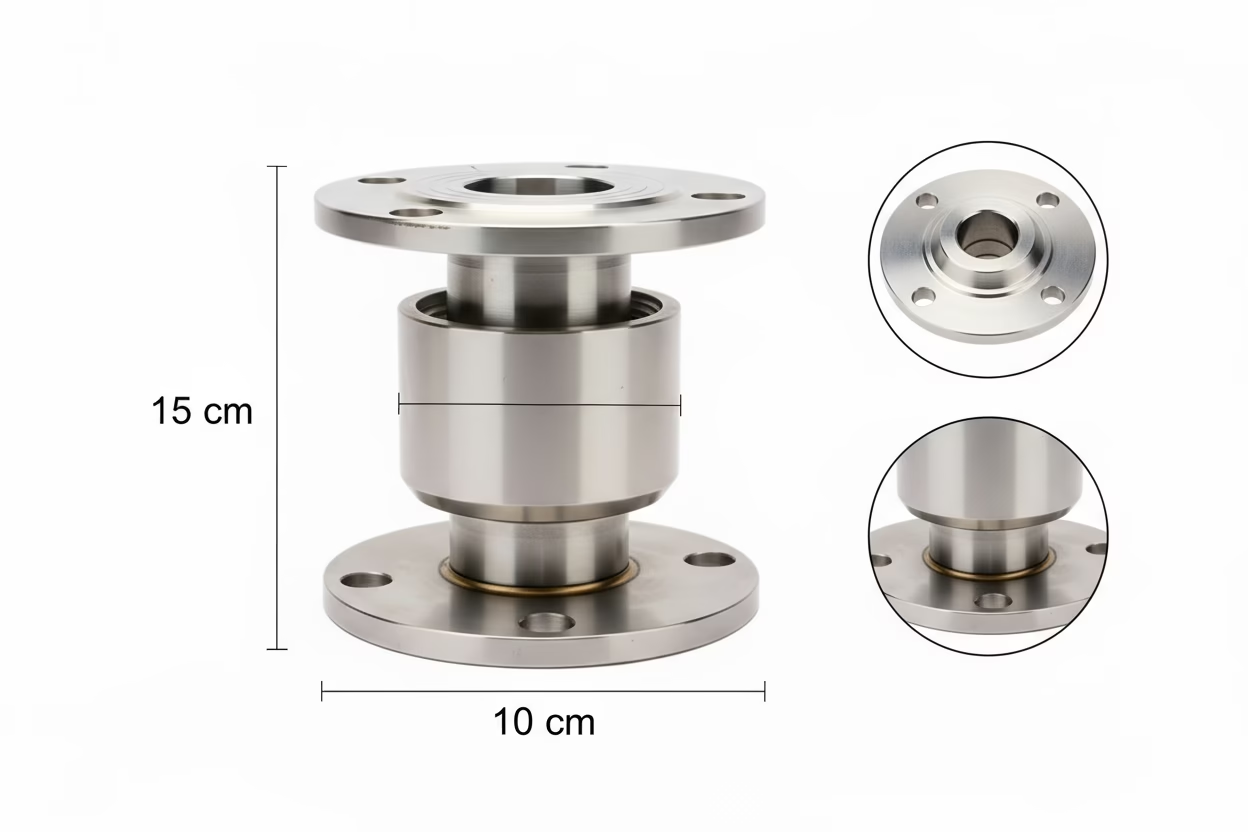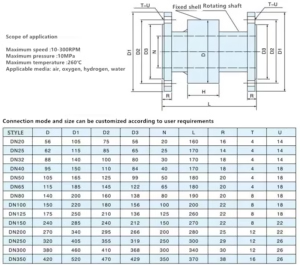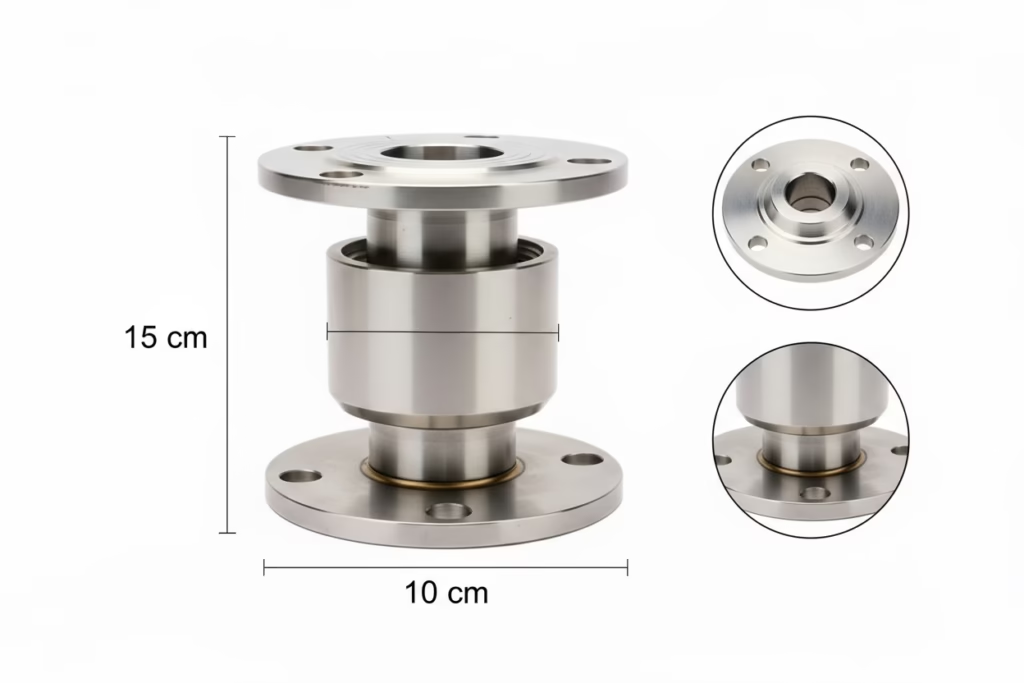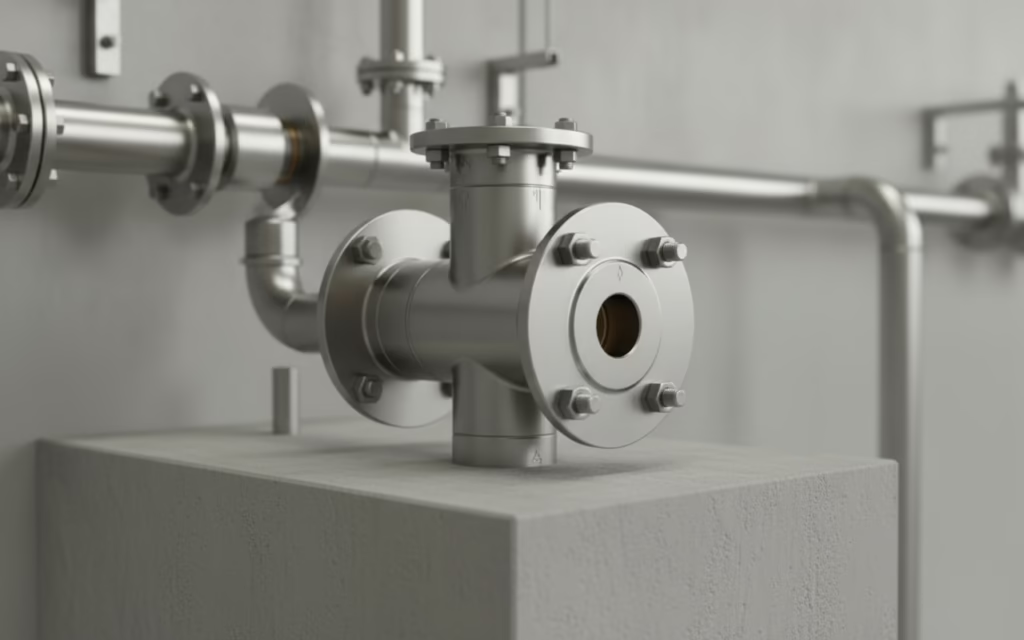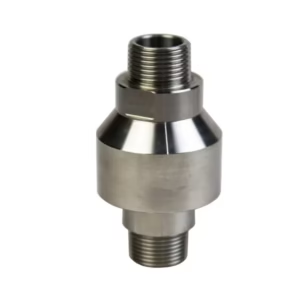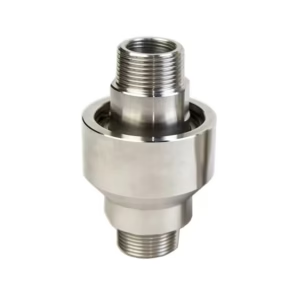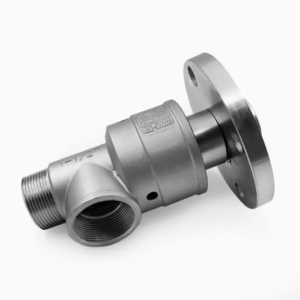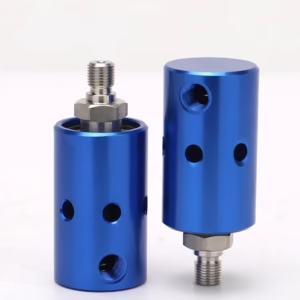Hydraulic Stainless Steel Rotary Union Manufacturers
Original price was: $50.00.$38.00Current price is: $38.00.
- Product size: from DN20 to DN350
- Maximum pressure: 20 MPa,
- Maximum temperature: 300℃(customizable according to different requirements)
- Rotation speed: ≤50 rpm,
- Applicable media: water, steam, oil, air;
- Main material: stainless steel or carbon steel
Description
Stainless Steel Rotary Union – DN Type | Heavy-Duty Rotary Joint for Reciprocating & Low-Speed Rotation
This Stainless Steel Rotary Union (DN Type) is engineered for rigid pipeline connections that require reciprocating movement or low-speed rotation under demanding industrial conditions. Designed for long-term durability and superior sealing, this rotary joint is available in two structural configurations:
-
Deep-Groove Ball Bearing Structure – provides exceptional concentricity, smoother rotation, and improved operational stability.
-
Ball-Type Structure – optimized for compact installation spaces and reliable low-speed performance.
To ensure outstanding sealing reliability, the rotary union uses imported PTFE sealing materials, offering excellent wear resistance, minimal friction, and significantly extended service life.
Built for heavy-duty industrial environments, this DN-type rotary union is widely used in systems handling water, steam, oil, air, and other common media. It is ideal for low-speed rotary cylinders, reciprocating actuators, rigid pipe connections, testing equipment, machinery processing, and thermal transfer systems.
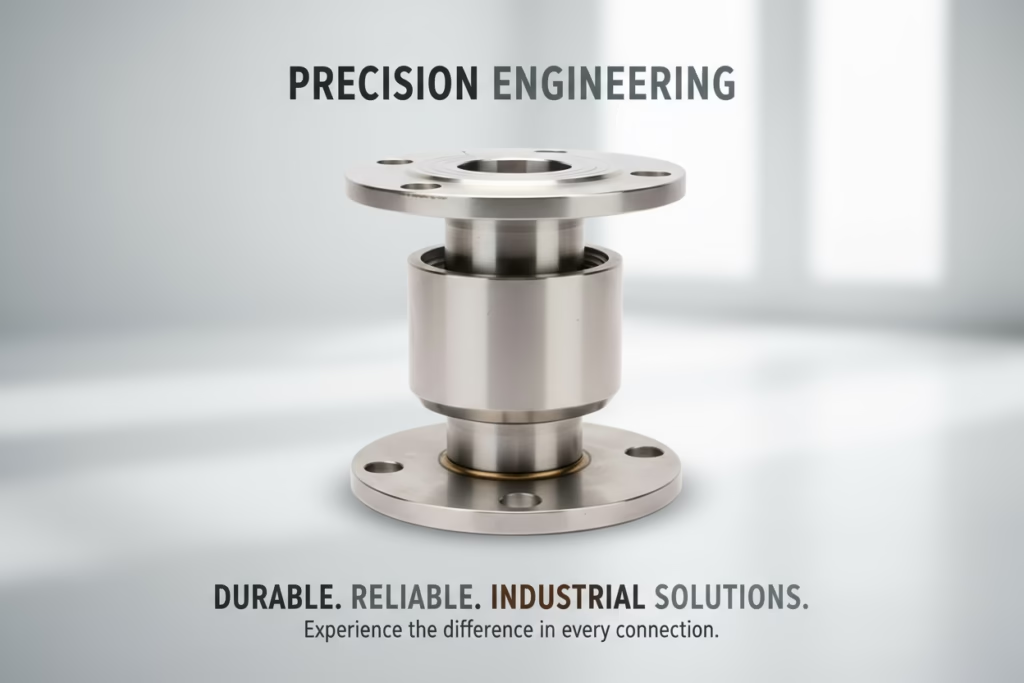
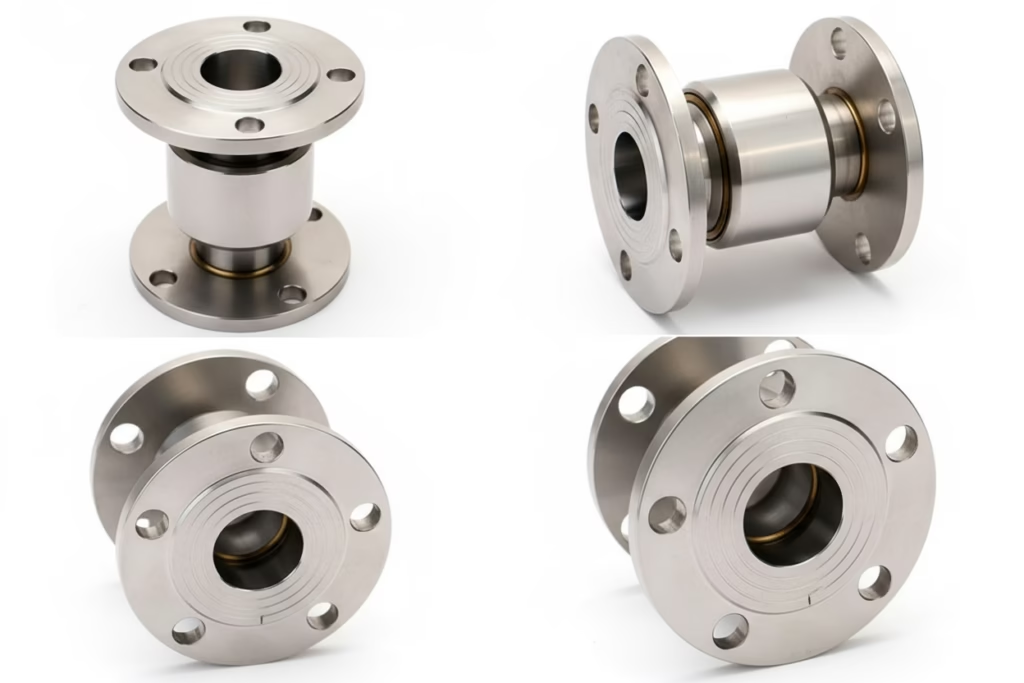
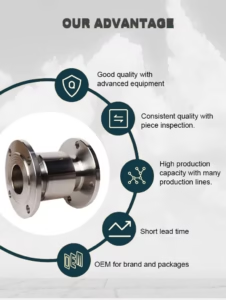
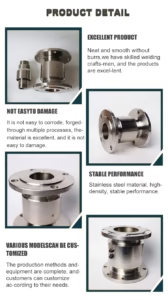
Key Feature of Stainless Steel Rotary Union
Precision Low-Speed & Reciprocating Design
Specially designed for applications where pipelines require back-and-forth motion or rotation below 50 RPM, ensuring stable media transfer without leakage.
Two Structural Options
- Deep-Groove Ball Bearing Type:
Higher concentricity
Better stability under pressure
Ideal for precision machinery - Ball-Type Structure:
Compact, robust design
Excellent for standard industrial applications
Premium Imported PTFE Sealing
- High wear resistance
- Long lifespan
- Superior sealing even under fluctuating pressure or temperature
High-Performance Material Options
- Stainless Steel (SS304 / SS316) for corrosion resistance
- Carbon Steel for high-strength, cost-effective applications
Wide Medium Compatibility
Handles various industrial media, including: Water、Steam、Oil、Air;
High Temperature & Pressure Resistance
Engineered to withstand high thermal cycles and intense operating conditions, making it suitable for heavy-duty use in factories and processing systems.
| Model | D (mm) | D1 (mm) | D2 (mm) | D3 (mm) | N (mm) | L (mm) | R (mm) | T (mm) | U (mm) |
|---|---|---|---|---|---|---|---|---|---|
| DN20 | 56 | 105 | 75 | 56 | 20 | 160 | 16 | 4 | 14 |
| DN25 | 62 | 115 | 85 | 65 | 25 | 170 | 14 | 4 | 14 |
| DN32 | 88 | 140 | 100 | 80 | 30 | 170 | 18 | 4 | 14 |
| DN40 | 95 | 150 | 110 | 84 | 40 | 170 | 18 | 4 | 18 |
| DN50 | 105 | 165 | 125 | 99 | 50 | 180 | 20 | 4 | 18 |
| DN65 | 115 | 185 | 145 | 122 | 65 | 180 | 20 | 4 | 18 |
| DN80 | 140 | 200 | 160 | 138 | 80 | 190 | 20 | 8 | 18 |
| DN100 | 150 | 220 | 180 | 156 | 100 | 200 | 22 | 8 | 18 |
| DN125 | 175 | 250 | 210 | 136 | 125 | 260 | 22 | 8 | 18 |
| DN150 | 240 | 280 | 240 | 212 | 150 | 270 | 22 | 12 | 22 |
| DN200 | 270 | 340 | 295 | 266 | 200 | 280 | 25 | 12 | 22 |
| DN250 | 320 | 405 | 355 | 319 | 250 | 300 | 29 | 12 | 26 |
| DN300 | 380 | 460 | 410 | 368 | 300 | 340 | 30 | 12 | 26 |
| DN350 | 420 | 520 | 470 | 429 | 350 | 370 | 38 | 16 | 26 |
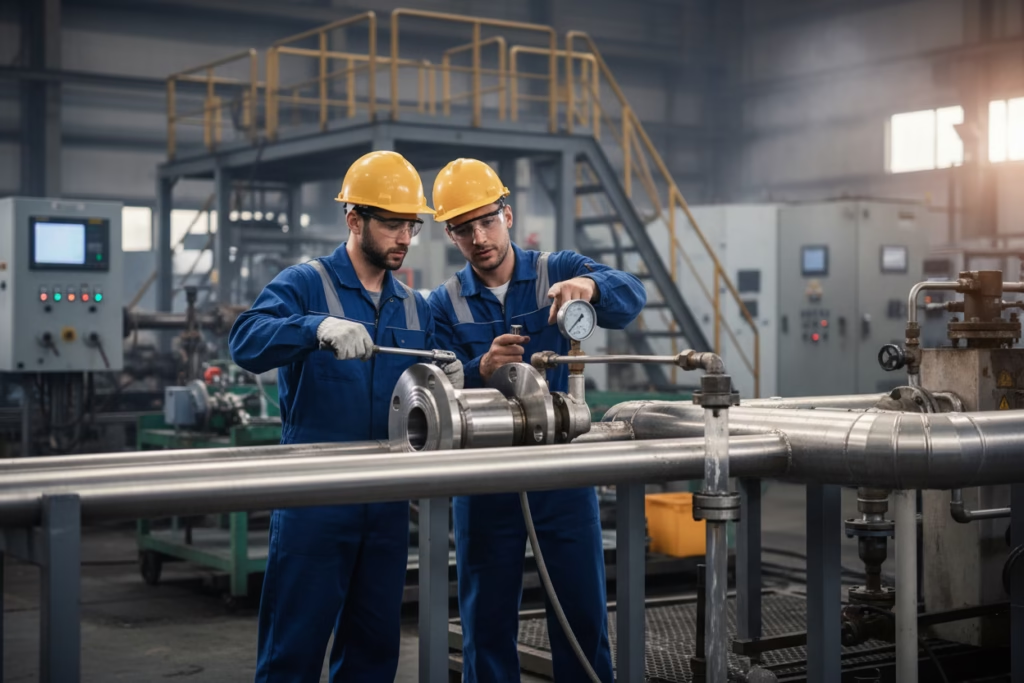
Quality Assurance of Stainless Steel Rotary Union
Manufacturing Processes
The production of the stainless steel flange rotary joint pipe involves a series of strict manufacturing processes. These include cutting the stainless steel pipes to the required length, machining the flanges to the precise dimensions and surface finishes, assembling the rotary joint components, and performing various tests to ensure the quality and functionality of the product.
Testing Procedures
- Pressure Testing: Technicians pressure-test each joint pipe to ensure it withstands the specified maximum working pressure without leakage. They fill the pipe with a suitable fluid, such as water or air, then apply pressure up to the test level—typically higher than the maximum working pressure—and monitor for any signs of leakage or deformation.
- Leakage Testing: Technicians also perform leakage testing using methods such as bubble testing for air-filled pipes or sensitive leak detection instruments. This ensures that the seal between the flanges and the rotary joint is tight and that there is no leakage of the fluid or gas passing through the pipe.
- Rotation Testing: We tested the rotary functionality of the joint pipe to ensure it rotated smoothly at the specified speed without any abnormal noise or vibration. This is important to ensure that the joint pipe can operate efficiently in the intended applications.
Quality Certifications
The product holds various quality certifications, such as ISO 9001. It also complies with relevant industry standards and regulations, providing customers with confidence in the product’s quality and safety.
Applications of Stainless Steel Rotary Union
Chemical Industry
In chemical processing plants, these joint pipes are used in reactors, distillation columns, and heat exchangers. They allow for the rotation of agitators in reactors while maintaining a tight seal to prevent the leakage of corrosive chemicals. For example, in the production of pharmaceuticals, where precise control of chemical reactions is essential, the reliable performance of the rotary joint pipe ensures the safety and quality of the production process.
Petroleum and Gas Industry
In oil refineries and gas processing plants, they use pipelines that connect rotating equipment such as pumps, compressors, and storage tanks. We use stainless steel because it resists high pressure and temperature in harsh environments, handling petroleum products and gases. It also protects equipment on offshore drilling platforms from saltwater and other corrosive elements, allowing the joint pipes to withstand these challenging conditions.
Power Generation
In thermal power plants, the rotary joint pipes are used in steam turbines and boiler systems. They facilitate the connection between the rotating turbine shafts and the stationary steam pipes, allowing for the efficient transfer of steam while accommodating the rotational movement. In nuclear power plants, where safety is of the highest priority, the reliable sealing and durability of these joint pipes are essential for the proper functioning of the cooling systems and other piping networks.
Food and Beverage Industry
In food processing facilities, such as breweries, dairies, and canning plants, the stainless steel construction of the joint pipes meets the strict hygiene standards. Industries use them in conveyor systems, mixing tanks, and filling machines, where smooth rotation and easy cleaning are essential. For example, in a bottling plant, operators use rotary joint pipes to connect rotating bottle-filling heads to stationary liquid supply pipes, ensuring a continuous and hygienic beverage flow.
Manufacturing Industry
In manufacturing plants, they are used in various types of machinery, such as printing presses, textile machines, and packaging equipment. In a printing press, the rotary joint pipes can be used to supply ink or cooling fluids to the rotating cylinders, allowing for smooth operation and high-quality printing. Textile machines help in the rotation of rollers and other moving parts, ensuring the continuous production of fabrics.

We combine precision engineering, imported sealing materials, and high-strength metal construction to deliver a rotary union with long-lasting performance, high-pressure resistance, and minimal maintenance requirements.
